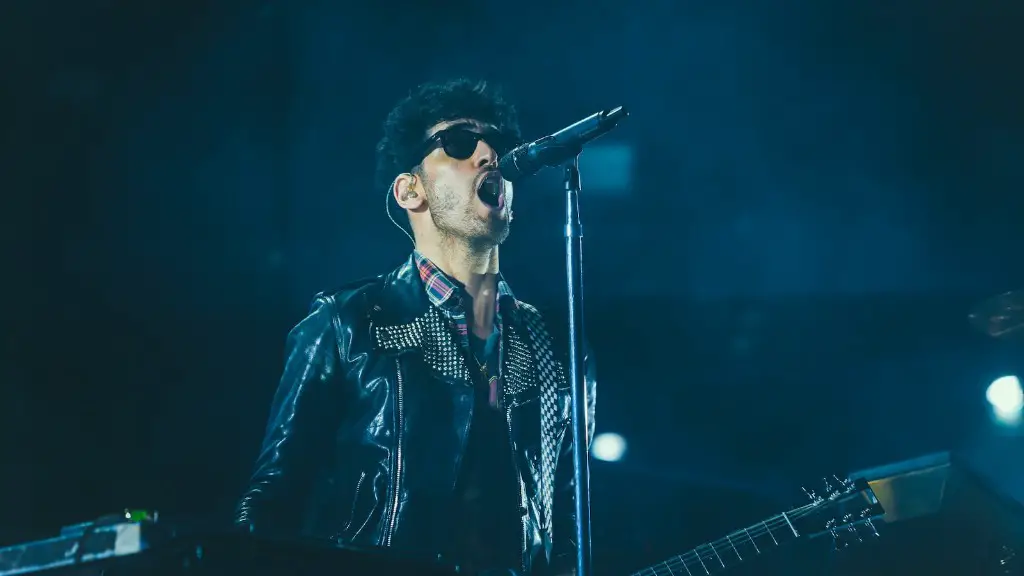Secrets to Drawing Santa
For anyone looking to perfect their Christmas spirit, learning how to draw Santa can be a fun and rewarding experience. With a few easy steps and some patience, you’ll be creating hand-drawn Santas in no time! Here are some tips and tricks you can use get started:
Choose the Right Art Supplies
Your experience with drawing Santa will be determined by the art supplies you choose. Investing in the right materials counts when it comes to successful art projects. Colored pencils, graphite and various other mediums can make the difference between a ho-hum drawing and a work of art that will last. So, tip number one: choose art supplies that bring out the detail and shading, and bring your artwork to life.
Start with a Basic Sketch of Santa
Don’t jump into drawing the full Santa Claus without a basic sketch. Sketch out the shape of Santa’s face, chest and body so that you have a template to work with. Start with an oval shape for the head and the body and then draw out the details. This can help ensure that the drawing is more accurate, especially when you start to add color.
Draw Santa’s Features
Drawing Santa’s features is easier than one might think. Many people naturally associate a jolly, full-faced Santa with large cheeks, white beard, twinkling eyes, and a rosy nose. To get the look just right, draw lightly and use circles and lines to create the facial features. Then fill in the blanks using color – use warm tones to create Santa’s smile, cheeks, and eyes.
Illustrate Santa’s Clothing
Every Santa needs a signature outfit. When drawing Santa, think of a bright, fun outfit that draws attention. You can opt for traditional red and white, but there’s absolutely no harm in thinking outside the box! If you love to experiment with color, go for a classic black and white design, or add in vibrant hues of green and blue to create a bold and eye-catching design.
Add Final Touches to Your Drawing
Give your Santa drawing the perfect finishing touch. You can create the perfect picture by adding in fun details including a snowy backdrop, a Christmas tree, and gifts. These can be filled in with colored pencils or markers, or you can harken back to traditional methods and draw these details in with pen and ink. Either way, these final touches can really make a Santa drawing stand out from the rest.
Practice Makes Perfect
Drawing Santa isn’t as hard as it looks. The most important thing is to practice, practice, practice! With each sketch, use your imagination to create a unique character and composition. Once you’ve drawn a few Santa’s, you can look back and examine which techniques worked and which didn’t. Experiment with a variety of drawing materials and styles, to find what works best for you and your Santa drawings!
Perseverance is Key to Perfecting Your Santa Drawings
Don’t be discouraged if your Santas don’t look perfect right off the bat. Perfectly drawn Santas take time and dedication; you need to determine which styles and techniques bring out the best in your drawings. Keep at it and practice with the tips and tricks you learn along the way! After a few tries, you’ll soon be creating those jolly St. Nick’s with ease.
Have Fun Drawing Santa!
Learning how to draw Santa can be a fun and fulfilling experience, if approached with an open mind. Drawing Santa isn’t just about creating the perfect festive artwork; it’s about embracing your creative side and make something unique. Whether you decide to stick to traditional colors and designs or take a creative leap and experiment with colors, have fun with your Santa drawing and make sure to enjoy the process.

